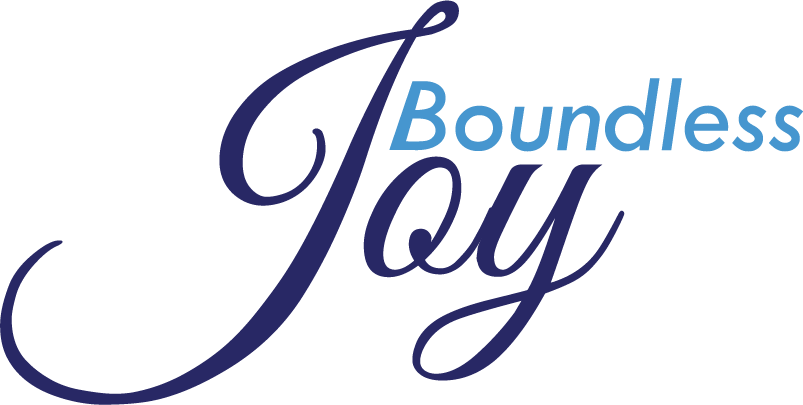A Simple Way to Become More Self-Aware
How do you perceive what is happening to you and around you?
More specifically, what do you tell yourself when something “bad” happens? Do you blame yourself or others for your circumstances? Do you believe you are unlucky or unworthy of having joy, health and abundance? Do you wonder if perhaps you have been abandoned by the Universe itself?
Or do you take every experience in stride, without judging any as being positive or negative?
These are important considerations because the stories and explanations we tell ourselves as we try to make sense of our experiences impact every aspect of our beingness. Because our internal dialogue is rife with judgments and concerns, it affects us physically and emotionally, giving rise to physiological and biochemical reactions in our body system.
“Many of our thoughts dwell on either the past or the future, fueling feelings of regret or anxiety, while distracting us so we are not truly living in the present.”
Our internal dialogue also affects us energetically. The quality or nature of our thoughts and beliefs directly affect how energy flows through our energy field, which in turn affects us physically and in other ways.
Ultimately, our thoughts and beliefs define our reality by shaping what we expect, thus influencing what we manifest.
Albert Einstein eloquently reflected this principle when he noted: “There are only two ways to live your life. One is as though nothing is a miracle. The other is as though everything is a miracle.”
Yet many people go through each day with limited or no awareness of the profound extent to which their thoughts and beliefs influence how they experience life. Many of our thoughts dwell on either the past or the future, fueling feelings of regret or anxiety, while distracting us so we are not truly living in the present.
More significantly, many people believe that they are the voices in their head. The truth is that we are not our thoughts. We are the ones who observe these thoughts, and who get to choose whether or not to accept or act on these thoughts.
This transformative understanding releases us from the need to believe or respond to each and every passing thought. With this new understanding, we begin to recognize that we didn’t even choose many of our beliefs, instead accepting them from family, friends, teachers, religious institutions and other sources.
The path to Boundless Joy calls us to transform our relationship with thoughts and beliefs, to limit their influence over us. There are many tools and practices you can explore to assist with this endeavor, that can help you to better understand yourself as separate and distinct from your thoughts. Some practices include:
Observe your thoughts, noticing their transitory and repetitive nature. Doing so, you can begin to more fully understand that you are not the voices in your head, rather you are the one witnessing them.
Note the origins of particular patterns of recurring thoughts. Observe how these patterns affect how you feel and the actions you take. Doing so will start the process of releasing these patterns.
Explore various meditation practices, particularly those emphasizing being mindful or grounded in the present moment, to find the ones that works best for you.
Become aware of all the miracles – big and small – that unfold around you every day.
By understanding the true nature of thoughts, we learn to focus our attention in new and more uplifting ways, transcending the need to judge. Increasingly, we become more present in the current moment, which enables us to be at peace and more grounded.

